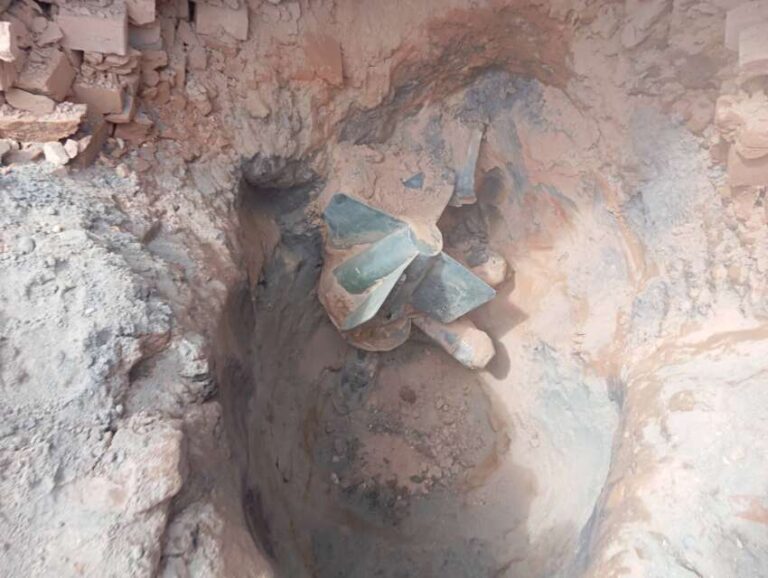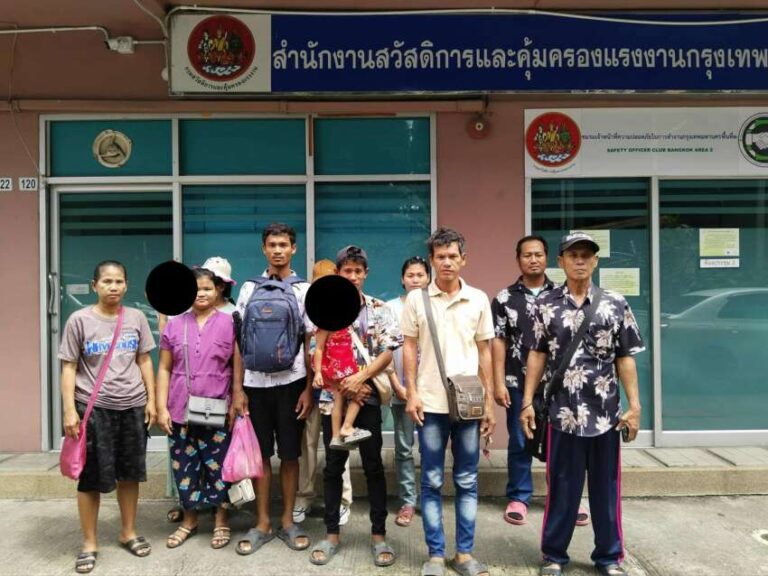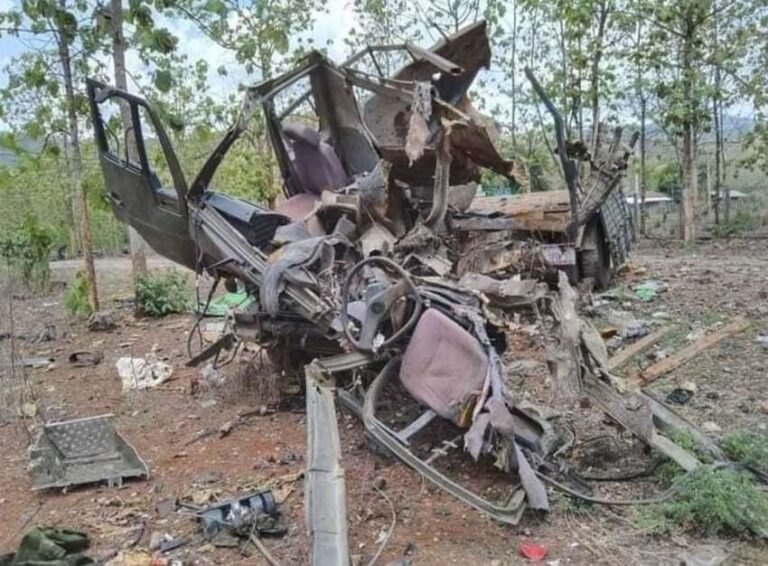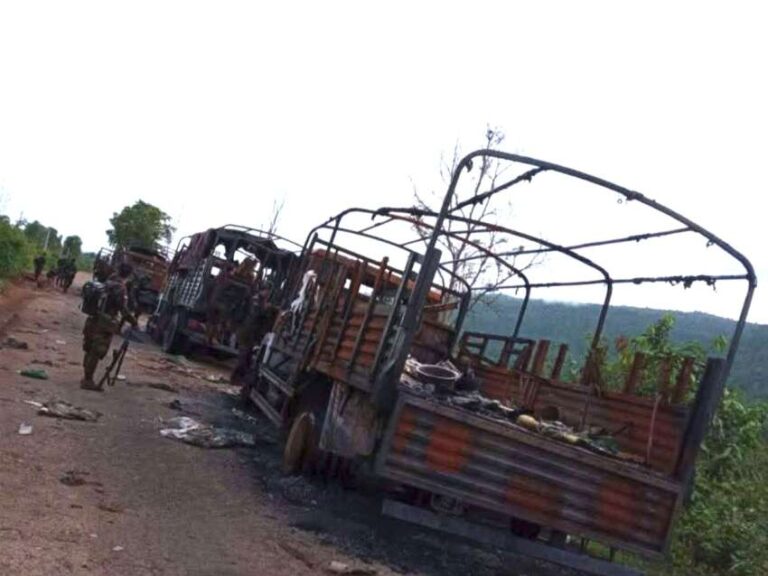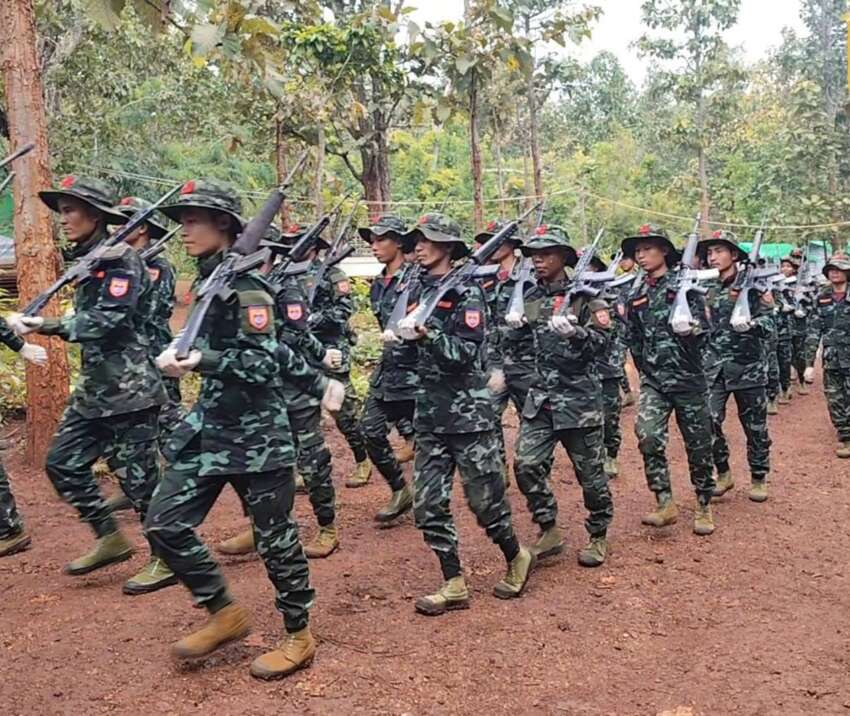
A military operation in eastern Sittaung River area of Yetarshay Township, Bago Region, resulted in significant casualties for the military council forces, with approximately 40 soldiers including 4 officers killed, according to a responsible official from Operation Area 2, Naypyidaw Military Command, Sittaung River Valley (Yetarshay) Operations. On July 4, about 40 military council troops stationed at Karen Stream Bridge (Kyuhaingpyin) advanced into Yehlwe village and burned down approximately 40 civilian homes. The People’s Defense Forces responded with defensive actions, forcing the military troops to retreat to Karen Stream village.
The military council forces had deployed troops from Taungoo base and Swa town, advancing through Karen Stream Bridge. When they launched a surprise attack to burn Yehlwe village, they encountered resistance from Battalion 3504’s security forces. After the security forces tactically withdrew, the military council forces entered the village and proceeded with the arson attacks. While the initial advancing force consisted of about 40 troops, the actual total force numbered around 200, with 40 soldiers entering the village to carry out the burning operations, according to the official’s explanation.
On July 7, after retreating to Karen Stream village, the military council forces regrouped and reinforced their numbers to approximately 200 troops. They then split into three columns and launched an offensive against revolutionary forces. The intense fighting lasted nearly all day, resulting in approximately 40 military council casualties, including 4 officers, with about 20 others wounded. During the battle, the military council forces employed heavy artillery, while revolutionary forces successfully drew them into a tactical zone before launching their counter-attack. The military council forces used significant firepower but were ultimately forced to retreat while carrying their casualties and weapons.
The military operation involved multiple battalions from Naypyidaw, including Battalions 801, 802, 803, 804, 805, 806, 807, 808, 901, and 3504. Following the battle, the military council forces withdrew to the western bank of the Sittaung River, while revolutionary forces reported no casualties. After the conflict, revolutionary forces conducted clearing operations to remove remaining bombs and mines to ensure civilian safety, and continued their territorial control operations in the area. The successful defense of the area demonstrated the growing capabilities of resistance forces in protecting civilian areas from military council aggression.
